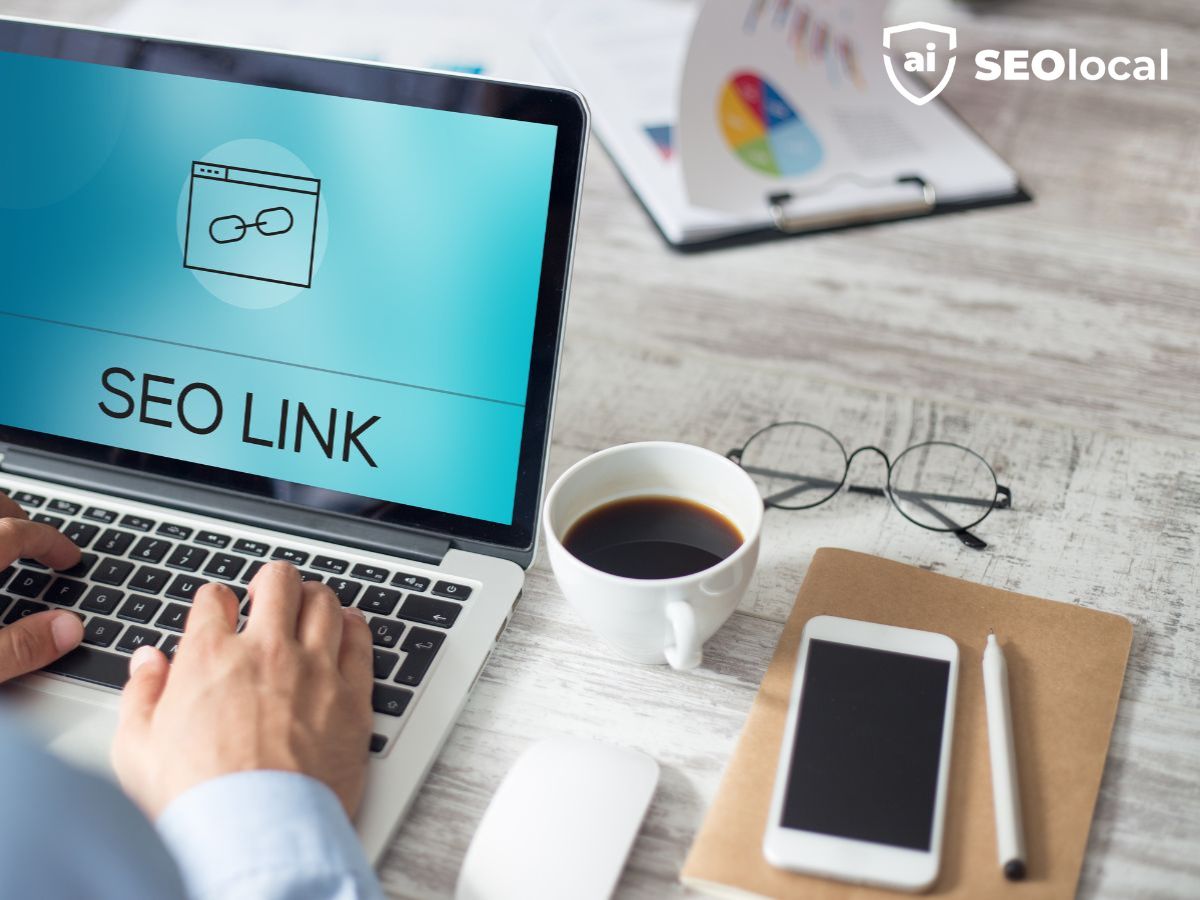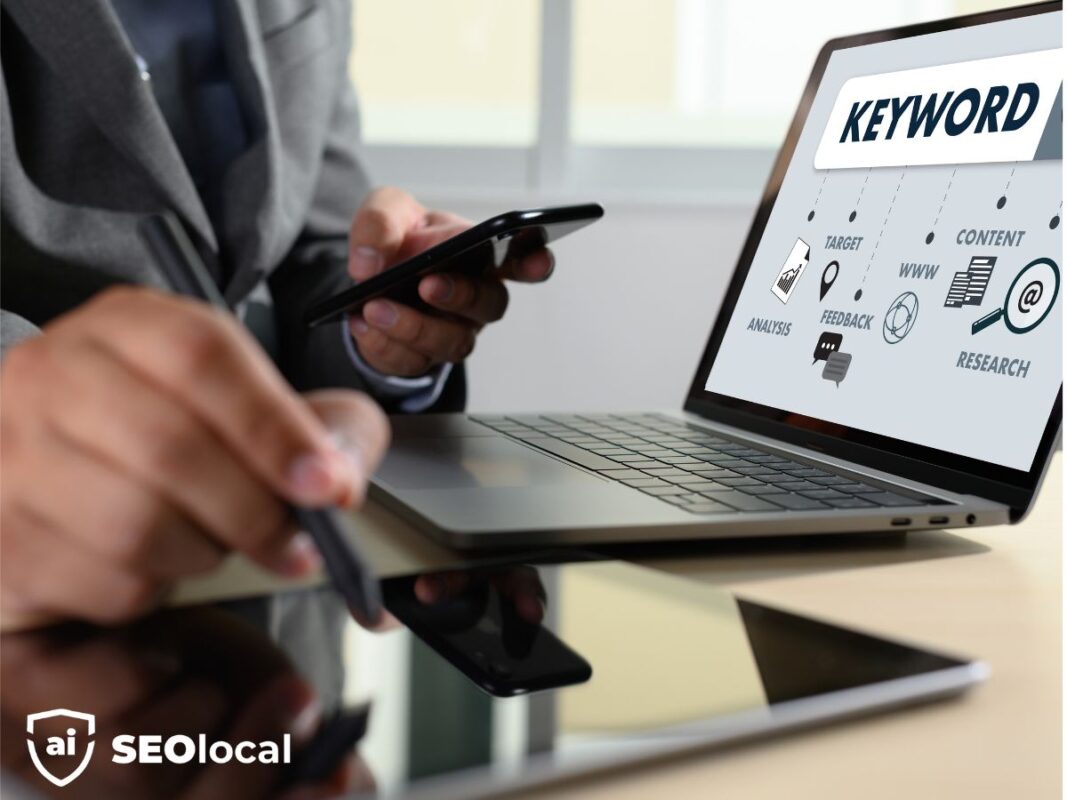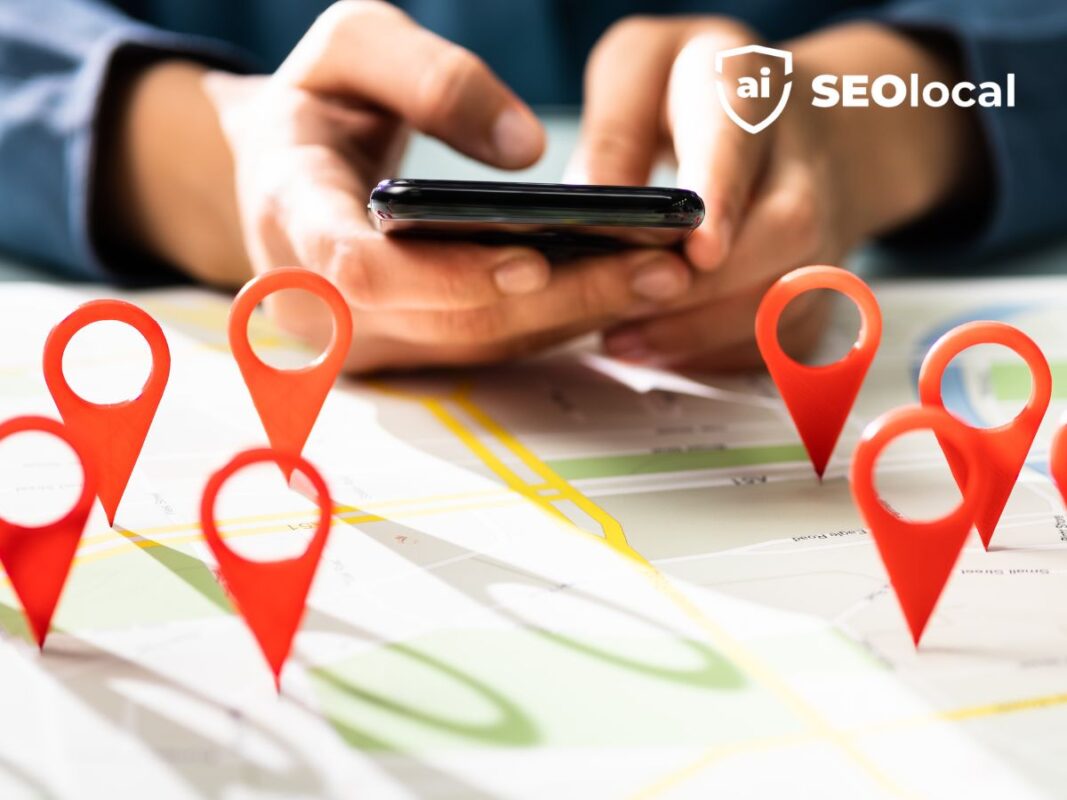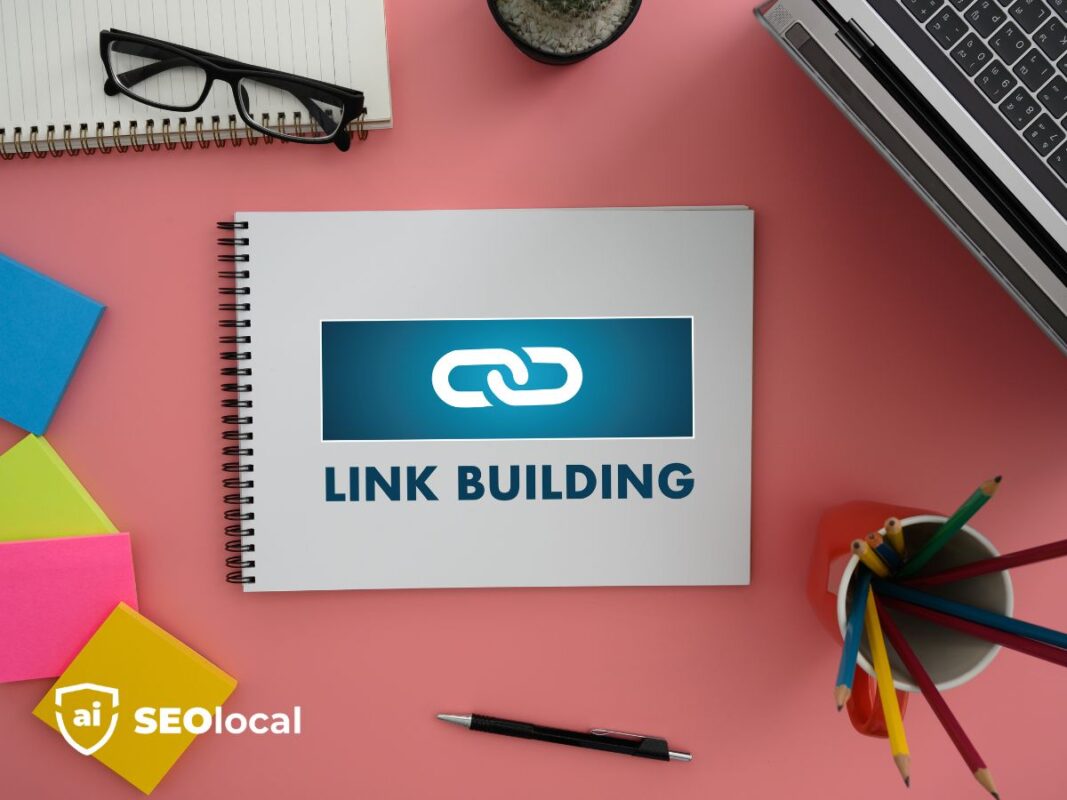- Advanced Local SEO Strategies
- Fundamentals of Local SEO
- Google Business Profile (GBP) Optimization
- Local Keywords and Content Strategy
- Local Link Building
- Local Paid Advertising
- Local Search Ranking Factors
- Local SEO Best Practices
- Local SEO Tools and Analytics
- Local Social Media Marketing
- Online Reviews and Reputation Management
- Technical SEO for Local Businesses
Local Backlink Pitfalls: What to Avoid When Building Backlinks for Local SEO

87% of local businesses use backlink strategies that fail to improve their search rankings. Why? Search engines prioritize geographic relevance and community authority for location-based results—factors most generic link-building tactics ignore. Without the right approach, your efforts could push your website further down the rankings instead of boosting visibility.
Local SEO relies on signals that prove your business is credible within its community. Backlinks from reputable local sources—like news outlets or industry directories—act as votes of trust. But if those links come from unrelated websites or low-quality directories, search algorithms may penalize your site. This creates a delicate balance between quantity and quality.
Many businesses mistakenly treat local link building the same as national campaigns. They focus on broad metrics like domain authority while overlooking hyper-local signals. For example, a restaurant in Chicago benefits more from a neighborhood blog’s review than a generic food website based overseas. Geographic context matters just as much as technical SEO.
Even minor mistakes, like using irrelevant anchor text or ignoring niche directories, can derail progress. Search engines now assess how backlinks align with your location and audience. This guide will help you spot red flags in your strategy and build links that actually work.
Key Takeaways
- Low-quality backlinks can lower your local search rankings instead of improving them.
- Geographic relevance is critical—search engines prioritize links from nearby, trusted sources.
- Local and national SEO strategies require different approaches to link building.
- Anchor text and directory listings must align with your business’s location and services.
- Community-focused content often generates more valuable local backlinks than generic outreach.
Understanding the Role of Local SEO and Backlinks
Geographic targeting in SEO isn’t just a trend—it’s a necessity for businesses aiming to dominate nearby markets. Unlike traditional strategies, local SEO prioritizes proximity, community connections, and hyper-relevant signals that align with how people search for services in their area. For example, a bakery in Miami benefits more from appearing in “best cupcakes near me” searches than generic dessert-related keywords.
What Defines Local SEO for Your Business
Local SEO centers on optimizing your website and online profiles for location-based queries. Search engines analyze factors like accurate business listings, proximity to the searcher, and reviews to determine rankings. Consistency across platforms like Google My Business and local directories builds trust with both users and algorithms.
This approach also focuses on niche search terms. Phrases like “dentist downtown Austin” or “emergency plumber 24/7” attract customers ready to convert. Your website content, meta tags, and citations must reflect these geo-specific phrases to rank higher in search results.
How Backlinks Impact Local Search Rankings
Backlinks from local sources act as votes of confidence. A mention from a neighborhood blog or a partnership with a nearby nonprofit signals to search engines that your business is credible. These links boost your authority, helping you outrank competitors in map packs and voice searches.
Quality matters more than quantity. A single link from a respected local news site often carries more weight than dozens from unrelated websites. Focus on building relationships with community organizations, industry groups, and regional directories to earn links that align with your location and services.
Local Backlink Pitfalls: What to Avoid When Building Backlinks for Local SEO
Not all backlinks are created equal. One misplaced link from a spammy website can undo months of SEO progress. Search engines prioritize connections that reflect genuine community relationships and industry expertise.
Avoiding Low-Quality or Irrelevant Backlinks
Link farms and private blog networks remain the fastest way to damage your rankings. These sources often host duplicate content or irrelevant topics. For example, a Phoenix bakery linked from a car repair forum raises algorithmic red flags.
Watch for these warning signs in potential link sources:
- Pages overloaded with ads or affiliate links
- Sites lacking original content or proper contact information
- Domains registered recently but claiming high authority
The Importance of Link Relevance and Context
Geographic alignment matters as much as topical fit. A landscaping company gains more value from a neighborhood association’s site than a national home improvement blog. Search engines analyze surrounding content to assess if links make contextual sense.
| Quality Source | Red Flag Source | Key Difference |
|---|---|---|
| Local news outlet | International directory | Geographic relevance |
| Industry-specific blog | Multi-niche website | Topical alignment |
| Community event page | Link exchange forum | Organic placement |
Focus on websites with strong local engagement. Check if they mention nearby landmarks or collaborate with area businesses. These signals prove the source understands your market.
Common Link Building Mistakes in Your Local SEO Strategy
Over 60% of local businesses accidentally sabotage their SEO efforts through anchor text mismanagement. Search engines interpret repetitive or forced keyword usage as manipulation, which can erase months of progress. Balancing optimization with natural language is crucial for sustainable results.
Over-Optimization and Keyword Stuffing
Using the same exact-match phrases repeatedly in your links raises red flags. For example, “best Seattle plumber” appears unnatural if used in 40% of your anchor text. Aim for a mix of:
- Branded terms (“Smith & Sons Plumbing”)
- Partial matches (“emergency water repair”)
- Local references (“downtown pipe specialists”)
Google’s 2023 spam update penalized sites with over 35% exact-match anchors. Recovery often requires disavowing toxic links and rebuilding your profile from scratch.
Ignoring Natural Anchor Text Variation
Diverse anchor text helps capture different search intents. A bakery might target “gluten-free birthday cakes” alongside location-based terms like “Brooklyn bakery.” Consider this comparison:
| Balanced Strategy | Over-Optimized Approach |
|---|---|
| 30% branded anchors | 60% exact-match keywords |
| 25% local phrases | 10% generic terms |
| 20% URLs | 5% branded references |
Monitor your anchor text ratio monthly using tools like Ahrefs or SEMrush. Adjust your strategy if exact-match terms exceed 15-20% of total backlinks.

Mobile Optimization and On-Page SEO Best Practices
Google prioritizes mobile-friendly websites, with 61% of users unlikely to return after a poor mobile experience. Since 2019, mobile-first indexing has made responsive design essential for ranking in local searches. Slow-loading pages or cluttered layouts hurt visibility and frustrate users searching for nearby services.
Implementing a Mobile-First Design
Start with responsive templates that adjust to all screen sizes. Test your site using Google’s Mobile-Friendly Tool. Pages should load in under 3 seconds—compress images and eliminate unnecessary scripts to achieve this.
Simplify navigation with thumb-friendly buttons and clear menus. Local customers often look for addresses or phone numbers first. Place contact details prominently at the top of mobile pages.
Optimizing URL Structures for Local Searches
Create clean URLs that include location-based keywords. For example:
- Good: yoursite.com/denver-plumbing-services
- Avoid: yoursite.com/page123?id=45
Keep URLs under 75 characters and use hyphens between words. This helps search engines understand your content while making links easier to share locally.
| Effective URL Strategy | Common Mistake |
|---|---|
| Includes city/service keywords | Uses generic numbers/symbols |
| Short and descriptive | Overly long or vague |
| Matches page content | Redirects to unrelated pages |
The Role of Social Media and Local Directories in Backlinking
Active social media profiles act as bridges between your business and local audiences. Platforms like Facebook and Instagram help you share content that naturally attracts backlinks. For example, a post about a community event might get shared by a neighborhood blog, creating SEO value through organic engagement.
Leveraging Social Media for Organic Link Growth
Businesses with active social accounts are 4x more likely to be discovered online. Regular posts showcasing local partnerships or events encourage others to link to your website. A bakery posting about its collaboration with a nearby coffee shop might earn mentions from food bloggers or regional news sites.
| Effective Strategy | Common Mistake |
|---|---|
| Sharing behind-the-scenes content | Posting only promotional offers |
| Tagging local partners in posts | Ignoring community hashtags |
| Responding to user comments | Leaving messages unanswered |
How Local Directories Enhance Visibility
Directories like Yelp and Bing Places provide authoritative links that boost local search rankings. These platforms verify your business details, which helps search engines trust your location data. Consistent name, address, and phone information across all listings strengthens this trust.
Focus on industry-specific directories your customers use. A HVAC company should prioritize HomeAdvisor, while restaurants benefit most from OpenTable. Avoid generic listings that don’t align with your services.
- Google Business Profile
- Angi (formerly Angie’s List)
- Chamber of Commerce sites
Auditing and Monitoring Your Backlink Profile
Your backlink profile acts as your website’s reputation report card—ignore it, and you risk unseen penalties. Nearly 40% of websites acquire toxic links without realizing it, often from expired domains or spammy directories. Regular audits help you maintain control and prevent algorithmic penalties.
How to Conduct Backlink Health Checks
Start with professional tools like Ahrefs or SEMrush. These platforms show which sites link to you, their authority scores, and geographic relevance. Focus on three metrics:

- Domain Rating (DR) below 20
- Links from unrelated industries
- Sudden spikes in new links
| Tool | Key Feature | Best For |
|---|---|---|
| Ahrefs | Toxic link detection | Detailed spam analysis |
| SEMrush | Historical tracking | Monitoring link growth |
| Moz Link Explorer | Domain Authority scores | Quick quality checks |
| Google Search Console | Free link reports | Basic monitoring |
Set up automated alerts for new links. Tools like Monitor Backlinks send weekly updates, letting you spot suspicious activity early. If harmful links appear, contact webmasters first. For persistent issues, use Google’s Disavow Tool.
Track how links impact local rankings. Compare your top-performing pages with their referring domains. Links from local news sites or industry blogs often correlate with higher search visibility. Remove or disavow any that drag down performance.
Addressing Duplicate Listings and Inconsistent NAP
Inconsistent business details online confuse customers and search engines alike. Search engines rely on precise name, address, and phone (NAP) data to verify your legitimacy. Errors in this information can bury your website in irrelevant search results or erase it entirely.
Ensuring Accurate Name, Address, and Phone Information
Start by auditing every directory, social profile, and third-party site mentioning your business. Use tools like BrightLocal to scan for mismatches. Your website’s footer should display the exact NAP used elsewhere—even minor differences (like “St” vs “Street”) weaken trust.
Resolving Duplicate Business Listings
Duplicate listings often appear when employees create unauthorized profiles or platforms auto-generate entries. Use Google Business Profile’s “Suggest an edit” feature to merge or remove copies. For stubborn duplicates, contact directory support teams directly with proof of ownership.
Consistent NAP strengthens your local SEO foundation. Fixing these issues improves visibility and protects your online reputation. Prioritize accuracy over quantity—one correct listing outperforms ten conflicting ones.
FAQ
How do backlinks affect my business’s local search visibility?
Backlinks signal trust to search engines like Google. High-quality links from local sources (e.g., Chamber of Commerce sites) boost your authority, improving rankings for location-based queries.
Why should I avoid irrelevant links in my strategy?
Irrelevant links confuse search engines about your niche. For example, a bakery linking to a car repair site harms relevance. Focus on industry-specific directories or community blogs instead.
What’s wrong with using the same anchor text repeatedly?
Overusing keywords like “best Boston plumber” looks manipulative. Mix branded terms (“Joe’s Plumbing”), URLs, or natural phrases (“learn more”) to avoid penalties and maintain diversity.
How does mobile design impact my local SEO efforts?
Google prioritizes mobile-friendly sites. A responsive design ensures users on devices easily access your content, reducing bounce rates and improving rankings for “near me” searches.
Can social media profiles generate valuable backlinks?
Yes. Platforms like Facebook or LinkedIn help share content, attracting organic links. A viral post about a local event might earn mentions from news outlets or community sites.
Why audit my backlink profile regularly?
Tools like Ahrefs or Moz identify toxic links. Removing spammy sources prevents penalties and keeps your site’s reputation strong in search results.
How do duplicate listings hurt my local SEO?
Duplicates split your online presence, confusing customers and search engines. Use Google My Business to merge or remove them, ensuring consistent Name, Address, and Phone (NAP) details.
Are local directories still effective for visibility?
Yes. Platforms like Yelp or Yellow Pages act as trusted citations. Ensure your listings are accurate and include keywords naturally to enhance local pack rankings.






